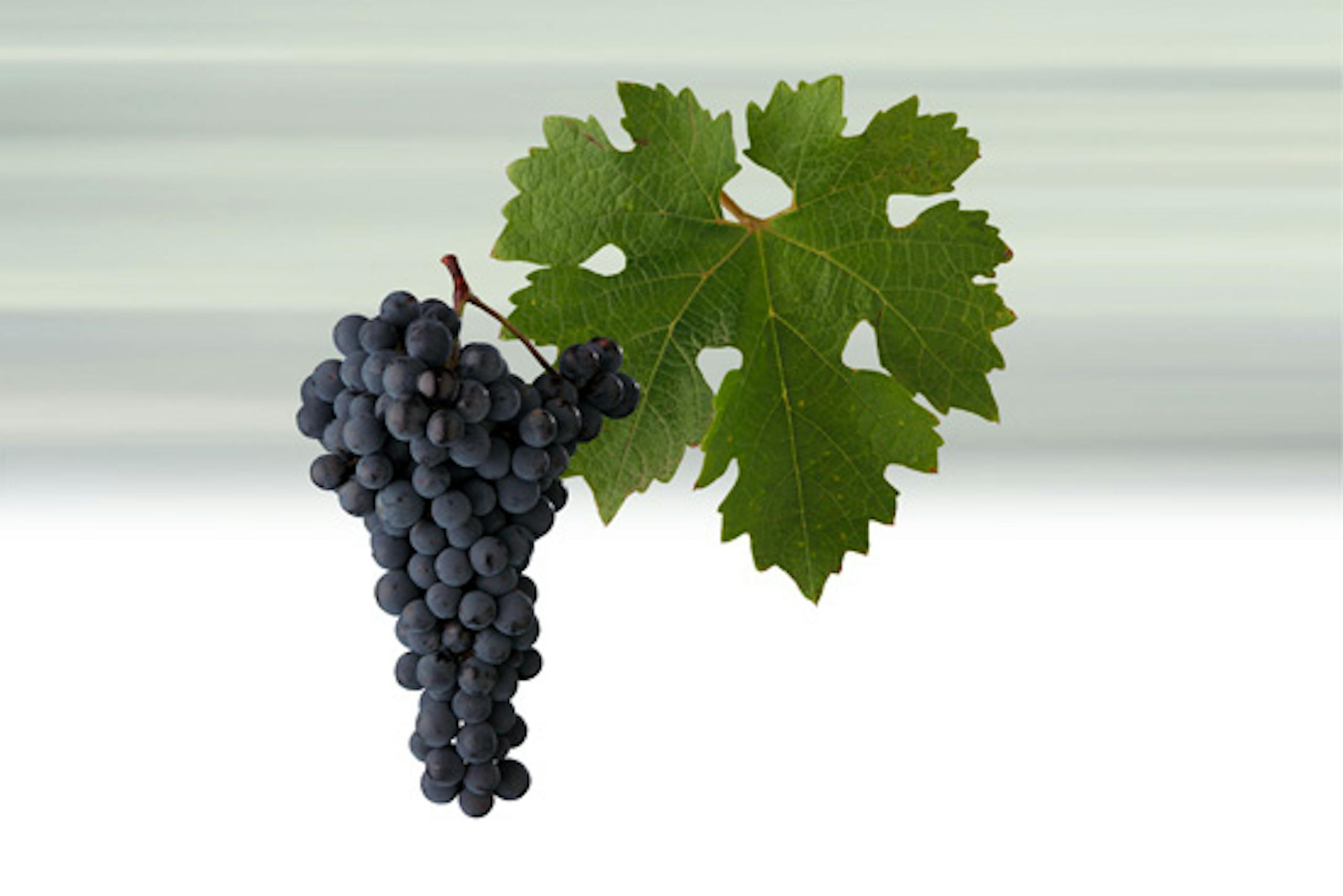Cabernet Sauvignon - A distinctive, elegant wine with a rich aromatic profile
Základní charakteristika vína
Cabernet Sauvignon is one of the four most popular blue varieties in the world. In our country it is grown exclusively in Moravia, it is most widespread in the Mikulov and Velkopavlovice subregions, it is excellent in the vicinity of Hustopeče and Mutěnice. Cabernet wines mature relatively slowly and their quality increases with age. Therefore, they are suitable for long-term archiving.
Barva vína
Black and purple.
Vůně vína
With tones of black currant and forest fruit. For wines from a good vintage, we also find hints of dark chocolate or tobacco.
Chuť vína
It is massive, full, rich and structured with pleasant tannins and acids.
Co se k této odrůdu nejvíce hodí?

Profil vína
Interesting wines
About
(1.3% of the total vineyard plantings).
Entered in the State Register of Grape Varieties 1980.
They say that Cabernet Sauvignon is a simple recipe - it is a mixture of blackcurrants, cedar wood, pencil sharpenings and the smell of a cigar box.
The original Cabernet grape variety was Cabernet Franc, a close relative of the wild forest vine. Natural pollination by the Sauvignon variety led to what has lately become the most fashionable red variety in the world, the Cabernet Sauvignon. Cabernet Franc has unjustly found itself pushed well into background.
Cabernet Sauvignon produces wines that contain a good deal of tannins, are darker and more full-bodied, but the wines of the original Cabernet Franc have a far suppler texture, sometimes, also, an even more attractive nose when blended with Cabernet Sauvignon to moderate the latter\'s over-exuberance. In the Bordeaux region of France grapes of the Cabernet Franc ripen earlier and have better sugar levels. For this reason it is grown, along with Merlot, in the region of St. Emilion where Cabernet Sauvignon does not thrive too well.
Quality Cabernet Franc has youthful garnet tones, which through maturation darken. They are expressive and full with a nose of raspberries, sometimes even violets along with gleams of blackcurrant fruitiness. Cabernet Franc wines from warmer New World regions display raspberry notes and a jammy texture.
Cabernet Sauvignon has around 140,000 hectares of plantings in the whole world and is one of the seven most widely planted grape varieties in the world. It is said of this cultivar that it is an arrogant trespasser on regional traditions, which mercilessly forces out other red grape varieties, and that it has literally driven the wine lovers of the world so crazy they are willing to pay almost any sum for the so-called cult wines made from this grape variety. Traditionalists curse the Cabernet Sauvignon whilst importers place it on a pedestal in the hope of making a huge financial killing, while wine aficionados are delighted to find that they have no difficulty at all in recognising this grape variety just as they can instantly recognise home cooking.
Traditionalists curse the Cabernet Sauvignon whilst importers place it on a pedestal in the hope of making a huge financial killing
They say that Cabernet Sauvignon is a simple recipe - it is a mixture of blackcurrants, cedar wood, pencil sharpenings and the smell of a cigar box. And that is precisely the reason why, with Cabernet Sauvignon being so easily distinguishable, that it has played a considerable part in the trend of returning to varietal wines which has also led to a frenzied search for other traditional varieties with their own specific varietal characteristics as well. Those exporters wanting to be present on the markets in the UK or the USA make their entry with Cabernet Sauvignon, never mind that it emanates from a totally unknown wine region. Several local varieties of that region may be of interest to the connoisseur, but the Cabernet Sauvignon is today\'s certainty, even when it is used only as a small percentage in a blend.
Cabernet Sauvignon grows with great vigour and its annual growth is upwards. Leaves are medium in size, deeply indented. Bunches are medium, loose, pointed towards the ends, with small blueish-black berries, which have thick skins and good resitance to grey rot. The wood matures well, frost-resistance is excellent, resistance to fungal diseases only medium. Grapes ripen very late and that is why it is only possible to plant it out on the very best and warmest vineyard positions, and in the best, well drained soils, preferably of gravel.
From well-ripened grapes the taste is always of blackcurrants with a host of other fruity tones added according to the location, soil, harvest and technology employed.
Wines from this variety mature very slowly. They are bottled only after between one-and-a-half to two years and they start to become drinkable after 4-5 years, reaching their peak after 5 to 10 years or even later.
In poorer vintages and in over-abundant harvests one may discern green unripe tones in the wine and a crude nose of green capsicum. From well-ripened grapes the taste is always of blackcurrants with a host of other fruity tones added according to the location, soil, harvest and technology employed. They may be those of dark cherries, blackberries, tobacco, eucalyptus and marmalade, especially in the New World wines. In most regions where Cabernet Sauvignon is grown, the wines are matured in oak barriques, which impart further smells and textures to the wine, especially if the barrels are toasted. Full, aromatic wines go extremely well with meat dishes such as roast lamb, beef steak, turkey or with spicy sauces.
Basic characteristics of quality wines:
Dark garnet colour, sometimes with blue reflections. Typical is the nose of blackcurrants, and, depending on the ripeness of the grapes, even the scent of cherries, blackberries, tobacco, cedar wood or jam. The wine is opulent, having a very lengthy finish, and in cases where the wine has matured in bottle, it has a velvet suppleness. Young wines usually possess aggressive tannins.
Translation © Helena & John Baker 2004.





